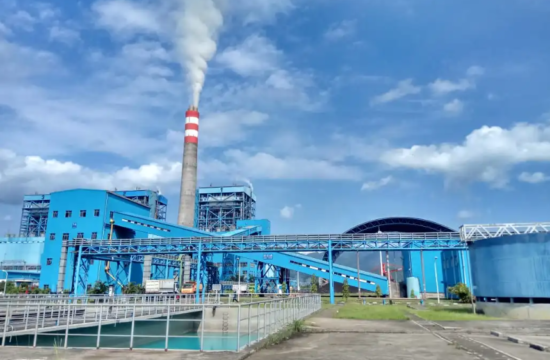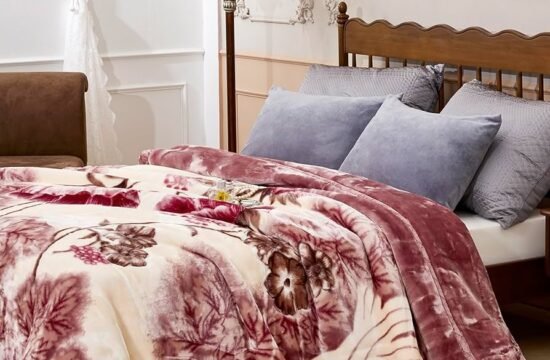Real estate brochures play a pivotal role in marketing properties, offering potential buyers a tangible glimpse into what a property has to offer. When focusing on landscape-themed brochures, the goal is to capture the essence of the property’s outdoor spaces and surroundings. A well-designed landscape real estate brochure not only informs but also evokes an emotional connection, making it a powerful tool in the selling process.
Understanding The Audience
Understanding the target audience is crucial when designing a landscape real estate brochure. Whether targeting families looking for a serene backyard or investors interested in scenic views, tailoring the brochure’s design and content to meet their expectations is key. Demographics such as age, income level, and lifestyle preferences should influence the brochure’s aesthetic and informational aspects.
Identifying Target Demographics
Identifying the target demographic helps in customizing the brochure’s content and design. For instance, families with children might be interested in spacious gardens and play areas, while retirees may prefer peaceful landscapes and walking trails. By knowing their preferences, the brochure can effectively highlight relevant features and benefits that appeal to their needs.
Tailoring Design And Content
Tailoring the design and content involves aligning the brochure’s visual elements and messaging with the interests of the target audience. For example, using vibrant imagery of lush gardens and expansive views can attract nature enthusiasts, while including information about nearby recreational facilities or schools can appeal to families.
Design Elements For Landscape Brochures
The design of a Landscape Real Estate Brochure should captivate the reader’s attention while conveying the property’s unique outdoor features. From the cover design to the color scheme and font choices, every element should work together to create a cohesive and compelling visual narrative.
Cover Design
The cover of a landscape real estate brochure serves as the first impression, setting the tone for the entire document. It should feature a captivating image that showcases the property’s scenic landscape. Whether it’s a panoramic view of a sprawling backyard or a sunset over a lake, the cover image should evoke a sense of tranquility and natural beauty, enticing readers to explore further.
Layout And Format
Choosing the right layout and format is crucial for the usability and impact of the brochure. A landscape brochure may benefit from a larger size to accommodate panoramic photos and maps effectively. The fold should also be considered; a gatefold or accordion fold can create a dramatic reveal of the property’s expansive outdoor spaces.
Color Scheme And Fonts
The color scheme and fonts used in the brochure should complement the landscape theme. Earthy tones like greens, blues, and browns can mimic natural elements such as trees, water, and earth, creating a harmonious visual appeal. Fonts should be legible yet aesthetically pleasing, enhancing the readability of the content without overshadowing the imagery.
Content Strategy
Effective content in a landscape real estate brochure goes beyond basic property descriptions. It should paint a vivid picture of the outdoor environment, highlighting the unique features and benefits that come with the property’s landscape.
Headline And Tagline
The headline of the brochure should be catchy and succinct, instantly grabbing the reader’s attention. It should convey the essence of the property’s landscape in a compelling way. A well-crafted tagline can further reinforce the property’s appeal, emphasizing its unique selling points such as “Embrace Nature’s Beauty in Your Backyard.”
Property Description
Describing the property’s landscape involves more than just listing features; it should evoke emotions and paint a vivid picture. For example, instead of simply stating “spacious backyard,” emphasize how the expansive garden offers ample space for outdoor activities, gardening, or relaxation amidst natural surroundings.
Visual Content
Visual content such as photographs, maps, and aerial views are essential in a landscape brochure. High-quality images that capture the property’s scenic views, seasonal changes, and outdoor amenities can showcase its full potential. Maps highlighting nearby parks, trails, or bodies of water provide valuable context for potential buyers interested in outdoor activities and recreation.
Printing And Distribution
Choosing the right printing options and distribution channels ensures that the landscape real estate brochure reaches its intended audience effectively. Factors such as paper quality, printing technique, and distribution methods should be considered to maximize the brochure’s impact and visibility.
Printing Options
Selecting high-quality paper and printing techniques enhances the brochure’s overall look and feel. Glossy or matte finishes can affect how colors and images appear, influencing the brochure’s visual appeal. Choosing eco-friendly printing options may also appeal to environmentally conscious buyers.
Distribution Channels
Identifying effective distribution channels ensures that the brochure reaches potential buyers efficiently. Options include direct mail to targeted neighborhoods, distribution at open houses or local events, or digital distribution through email campaigns and social media platforms. Tailoring distribution strategies to the target demographic increases the brochure’s visibility and engagement.
Conclusion:
Creating an effective landscape real estate brochure involves careful consideration of design, content, and strategy. By understanding the target audience, leveraging captivating design elements, and crafting compelling content, a landscape brochure can effectively showcase a property’s outdoor charm and appeal to potential buyers seeking a connection with nature. Following these guidelines ensures that the brochure not only informs but also inspires, making it a valuable asset in the real estate marketing toolkit.











